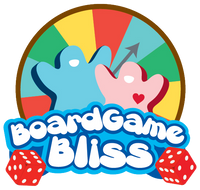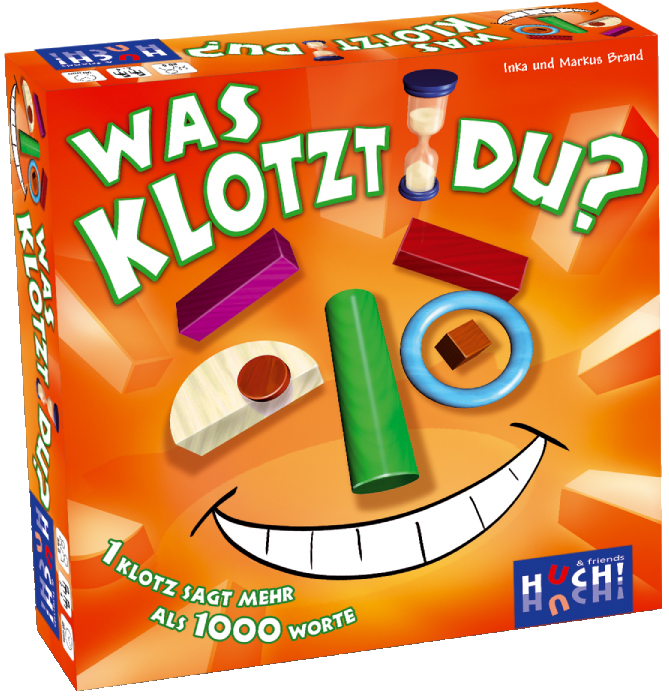Was klotzt du?
Products title that includes 'PRE-ORDER' is subject to our Pre-order Policy
Couldn't load pickup availability
Delivery and Shipping
Delivery and Shipping
For more details, please refer to our Shipping and Order Information.
Pre-Order Policy
- Pre-order items are charged at the time the order is placed.
- Prices for pre-order items are subject to change based on final landed costs.
- If the final price is lower, the difference will be refunded to the customer in the form of store credit.
- If the final price is higher, customers will be given the option to either:
- Pay the difference, or
- Cancel the item for a full refund.
- Orders containing pre-order items will be placed on hold until all items in the order are available.
- Once all items have arrived and pricing remains unchanged, the order will be automatically shipped.
- Pre-orders are fulfilled on a first-come, first-served basis.
- If a pre-ordered item becomes unavailable (e.g., the publisher cancels the product), a full refund will be issued.
- Pre-orders may be cancelled and refunded by customers or the store.
- For transactions that are no longer eligible for direct refunds due to payment processor limitations, a store credit will be issued instead.
Description
Description
| Designer |
Inka Brand Markus Brand |
| Publisher | HUCH! & friends |
| Players | 2-12 |
| Playtime | 30 mins |
| Suggested Age | 8 and up |
| Honors | 2013 Guldbrikken Best Parlor Game Nominee |
Note: This game is in German
In Was klotzt du?, the players try to explain a concept using a set of wooden blocks.
The game is played in timed rounds. In each round, one player is the explainer, while the other players try to guess the concept. The explainer receives a set of 24 blocks (consisting of 11 brown blocks and 13 blocks of other colours). He is also given a card which tells him the concept that he has to explain using the blocks. He may not talk or make sounds, though he may move the blocks. He can also give a hint by placing one of his non-brown blocks in one of the circles on the board that show different categories.
If one of the other players successfully guesses the concept, he gets the card and the block used to give a hint (if any). Then, all non-brown blocks are placed aside, and the explainer receives a new card, and continues to explain the new concept with the remaining blocks. This continues until the time runs out, after which the results are scored. The explainer receives points for each concept he has explained, and each other player receives points for each concept he has guessed. Each concept is worth 1 to 4 points, depending on the amount of non-brown blocks that have been set aside. The more blocks that have been used during the round, the higher the value of the concepts.
Now, a new round begins, and the next player becomes the explainer. The game ends after each player has been the explainer thrice; the player who has gathered the most points wins.

